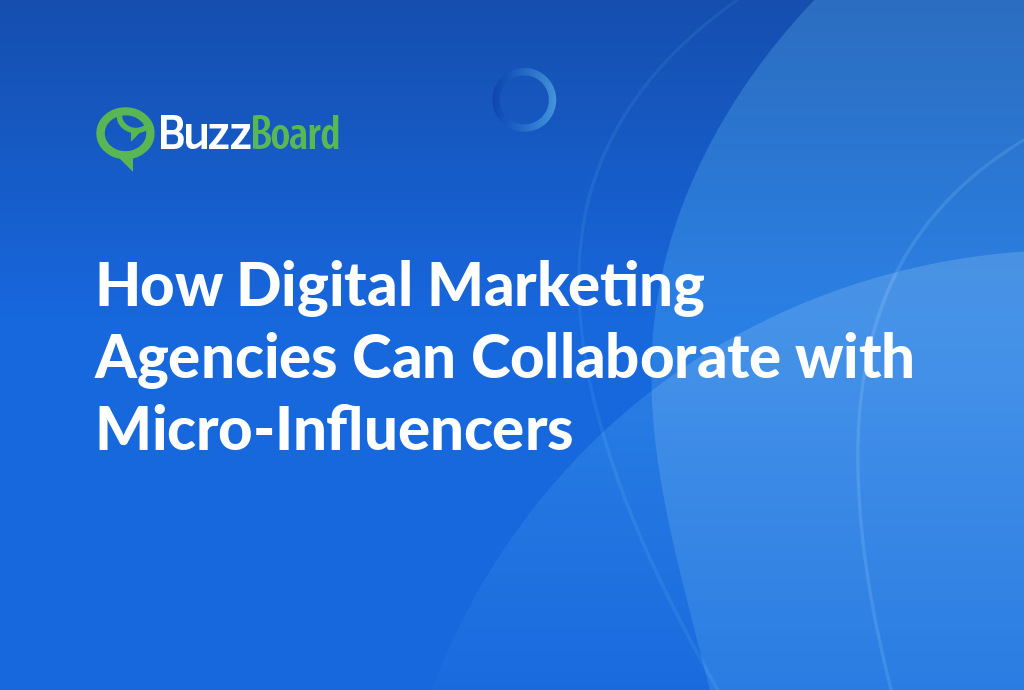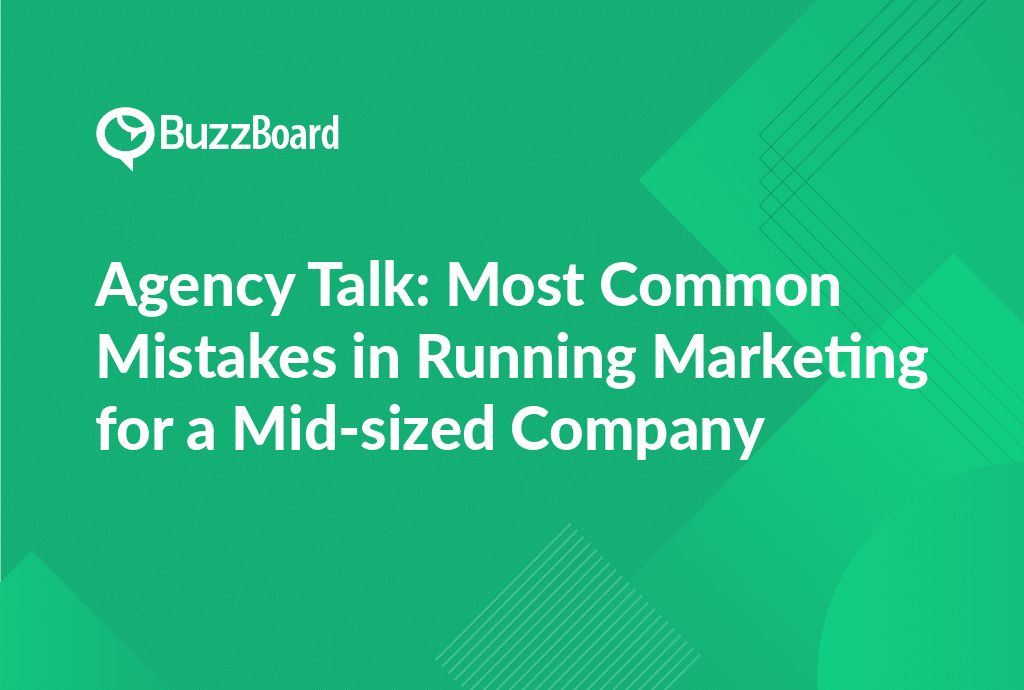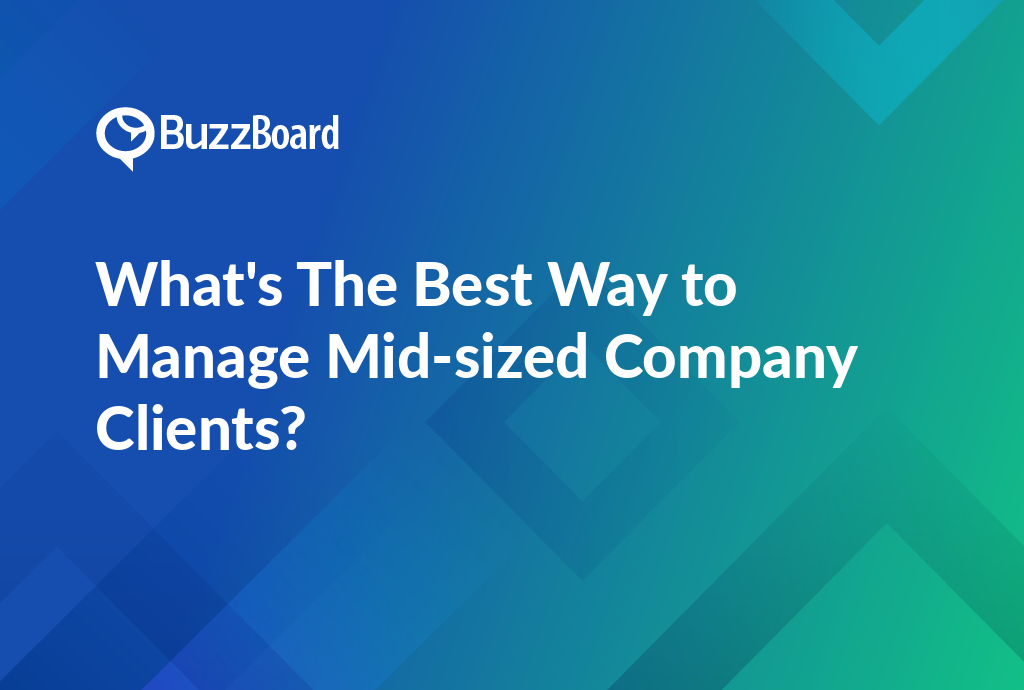Understanding the Power of Micro-Influencers in Expanding Your Digital Marketing Agency’s Niche Reach
In the digital marketing world, the allure of influencers with millions of followers can be captivating. But if you aim to truly broaden your niche reach, it’s crucial to recognize the power of the unsung hero—the micro-influencer.
Micro-influencers—usually with follower counts between 1,000 and 100,000—may seem comparatively insignificant. However, their devoted and engrossed followers can present a highly targeted platform for exposure. So how can your digital marketing agency join forces with micro-influencers to channel targeted engagement?
Micro-influencers derive strength from authenticity. Their followers place stock in their endorsements because they trust them. Thus, fostering influencer partnerships can yield you not just an audience but a readily-believing and purchasing audience.
Nevertheless, influencer collaborations don’t involve randomly selecting any micro-influencer. It needs research to ascertain a fit among the influencer’s audience, your client’s target market, and the brand’s values. An ill fit can lead to content amplification going astray.
On setting the collaboration in place, the next tier involves content. While micro-influencers comprehend their followers best, you know your clients superiorly. Striking a balance where the influencer’s unique voice corresponds with your client’s message is the key to broadening the niche reach.
Plainly said, micro-influencers pave a concrete path for targeted engagement, amplified content, and influencer partnerships for the brands of your clients. Harnessing their influence can uphold authenticity, surge engagement and extend your reach within your niche market.
The Step-by-Step Guide on How Digital Marketing Agencies Can Create Effective Influencer Collaborations With Micro-Influencers
In the dynamic world of digital marketing, agencies are consistently seeking inventive methods to enhance their relevance. A remarkable strategy is found in the sphere of micro-influencer collaborations. With their unique reach and ability to amplify content, micro-influencers tip the balance in favor of agencies wanting to tap into engaged and targeted audiences.
This guide will provide step-by-step insight into how digital marketing agencies can forge impactful partnerships with micro-influencers.
Micro-influencers, boasting of anywhere between 1,000 and 100,000 followers, often engage with a highly targeted and interactive audience far more than their top-tier counterparts. Capitalizing on this targeted engagement can yield substantial returns for the all-important ROI of digital marketing agencies.
The first step involves identifying potential influencer matches that align with your client’s brand ethos. It’s crucial for influencers to share the same values as your client’s business for authentic promotion.
Next, furnish influencers with a clear, mutually agreed-upon strategy. Create a thorough collaboration agreement detailing post frequency, content methods, and compensations to prevent future misunderstandings.
Then, equip these influencers with enticing promotional packages. These may range from service trials to exclusive discount codes. This investment can leverage your influencer partnerships to a brand new level of deliverables.
Don’t halt the process, though. Regularly review and adjust your strategy using tracking links and hashtags to monitor campaign progress. Analyze ensuing data and adapt for maximum efficiency. In doing so, you offer your small business clients a dynamic, effective, and tailor-made digital marketing solution, enhancing their trust in your services.
Forming these lucrative influencer collaborations with micro-influencers not only raises brand awareness but also forges powerful relationships between brands, influencers, and their audience. It’s a tremendous value proposition for digital marketing agencies aiming to offer their services to small businesses.
The Role of Content Amplification in Collaborations Between Digital Marketing Agencies and Micro-Influencers
As a digital marketing agency, you likely specialize in promoting brands beyond conventional platforms, using advanced online tools and strategies. One such strategy that’s gained popularity recently is the association with micro-influencers.
Micro-influencers are regular consumers who have garnered a niche, engaged social media following, typically within the range of 1,000-10,000. The prime benefit of collaborating with such influencers is their highly engaged, often localized, audience base. They deliver more personalized, genuine content, earning a higher level of trust and subsequently, a greater conversion rate for the brands they promote.
So, how can these partnerships be utilized to the fullest? That’s where content amplification comes into play, increasing the reach of the influencer-generated content through various channels.
Content amplification’s role in collaborations between digital marketing agencies and micro-influencers is twofold. Firstly, micro-influencers’ niche reach and targeted engagement provide access to a specific audience group that, due to its size, stays highly engaged. This consumer sub-segment is generally difficult to penetrate via traditional digital marketing, making influencer collaborations invaluable.
Secondly, when micro-influencer-created content is amplified through paid strategies like sponsored posts, PPC campaigns, or targeted adverts, it results in broader brand visibility. This strengthens the brand’s credibility due to its association with a trusted face and uncovers potential avenues for conversion.
Digital marketing agencies can dodge potential missteps and maximize collaborations’ benefits by understanding their client’s target market, identifying suitable micro-influencers, managing partnerships effectively, and supervising the content amplification process.
An effective approach could be establishing a content repository filled with high-performing influencer content that’s ready for promotion, and then strategically investing in its amplification.
Summing up, as a digital marketing agency, your job is to assist small businesses in utilizing influencer partnerships and content amplification to achieve their branding and sales objectives.
Remember, successful influencer collaborations don’t materialize overnight. Patience, perseverance, and professionalism are keys to forging the trust and rapport needed for substantial interactions with micro-influencers.
Exploring Case Studies of Successful Targeted Engagement Strategies Involving Micro-Influencers: A Guide for Digital Marketing Agencies
Every digital marketing agency understands the incredible influence wielded by influencers in today’s market landscape. Despite this, not all fully utilize collaborations with micro-influencers, who offer a niche reach and promising opportunities for targeted engagement.
To fully understand how digital marketing agencies can enhance their engagement strategies through strategic partnerships with micro-influencers, consider these case studies.
Gymshark, a fitness brand, executed a pioneering influencer partnership strategy by collaborating with a series of fitness micro-influencers. These influencers regularly promoted Gymshark products on their platforms, contributing to a staggering 200% annual sales increase for the brand.
In scenarios like these, micro-influencers offer a high return on investment for digital marketing agencies due to their capabilities in content amplification and targeted audience engagement. By nurturing long-term relationships with relevant micro-influencers, digital marketing agencies can learn from Gymshark’s strategy and apply it to their client’s niche industries.
< p>Another successful example of influencer collaborations comes from Swedish watchmaker, Daniel Wellington. This company gifted watches to numerous micro-influencers in return for Instagram posts showcasing their products. This strategic approach led to a massive spike in brand recognition and sales.
These micro-influencers’ authentic posts created a personal connection with their followers, increasing the perceived credibility of the watches and marking a high point of influencer partnerships.
By studying these successful case studies, digital marketing agencies can adjust their approach to working with micro-influencers positively. The goal should be to create influencer collaborations that lead to excellent content amplification, greater brand reach, and improved sales.
Key lessons include forging micro-influencer partnerships for targeted engagement and embodying your client’s brand through these influencers, to increase your client’s visibility and success.
In-Depth Examination of Influencer Partnerships: How Digital Marketing Agencies Can Identify and Collaborate With the Right Micro-Influencers to Ensure Maximum ROI
In our evolving marketing landscape, influencer collaborations have emerged as an effective approach for boosting brand visibility and customer trust. For digital marketing agencies looking to elevate brand messaging, navigating the world of micro-influencers is a crucial tactic.
Micro-influencers are content creators with niche audiences, typically between 1,000 to 100,000 followers. While their follower count may be limited, these influencers inspire high levels of targeted engagement due to their close, authentic interactions with followers.
One advantage of partnering with micro-influencers is their niche reach. With fewer followers, these influencers often have a more specialized audience, making them an ideal source for targeting potential customers within specific industries, interests, or geographical areas. It’s an unmatched approach that enables your message to penetrate deeper and resonate longer.
For digital marketing agencies pondering collaboration with micro-influencers, the process starts with due diligence. Agencies should research, vet, and confirm influencers who align with their client’s brand values, persona, and goals, and who demonstrate high engagement rates. Consider their content quality, consistency, and communication style. Remember, one well-matched micro-influencer can amplify your content reach multiple times.
Upon identifying the suitable micro-influencer, establish an influencer partnership from which both parties benefit. The partnership should not only drive your client’s brand awareness and sales but also support the influencer’s growth and credibility.
In the competitive digital sphere, engagement is the new currency. Micro-influencers have proven to be valuable assets in generating such engagement. Digital marketing agencies must prioritize influencer partnerships to enhance their client’s marketing strategy and ensure maximum return on investment (ROI).









